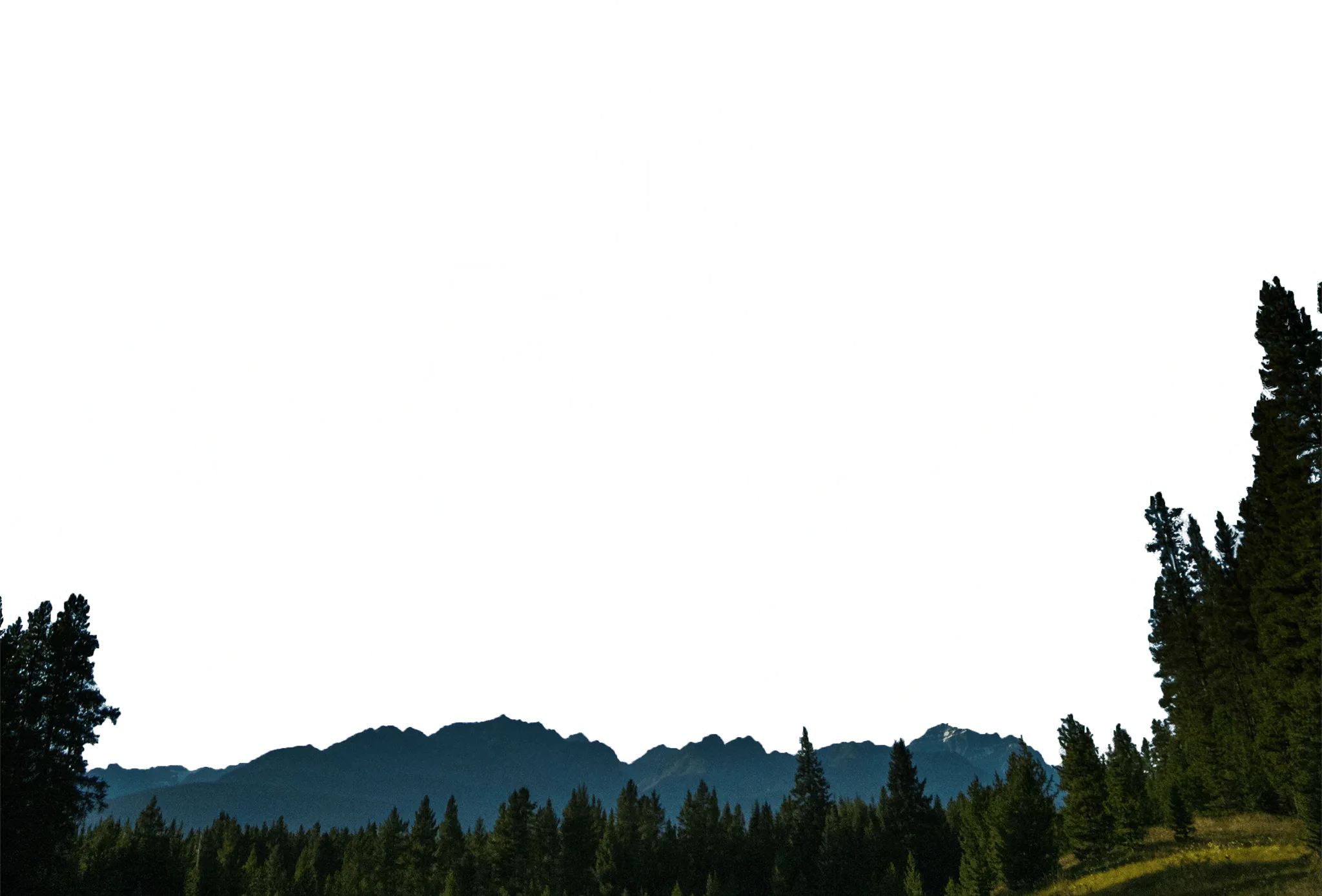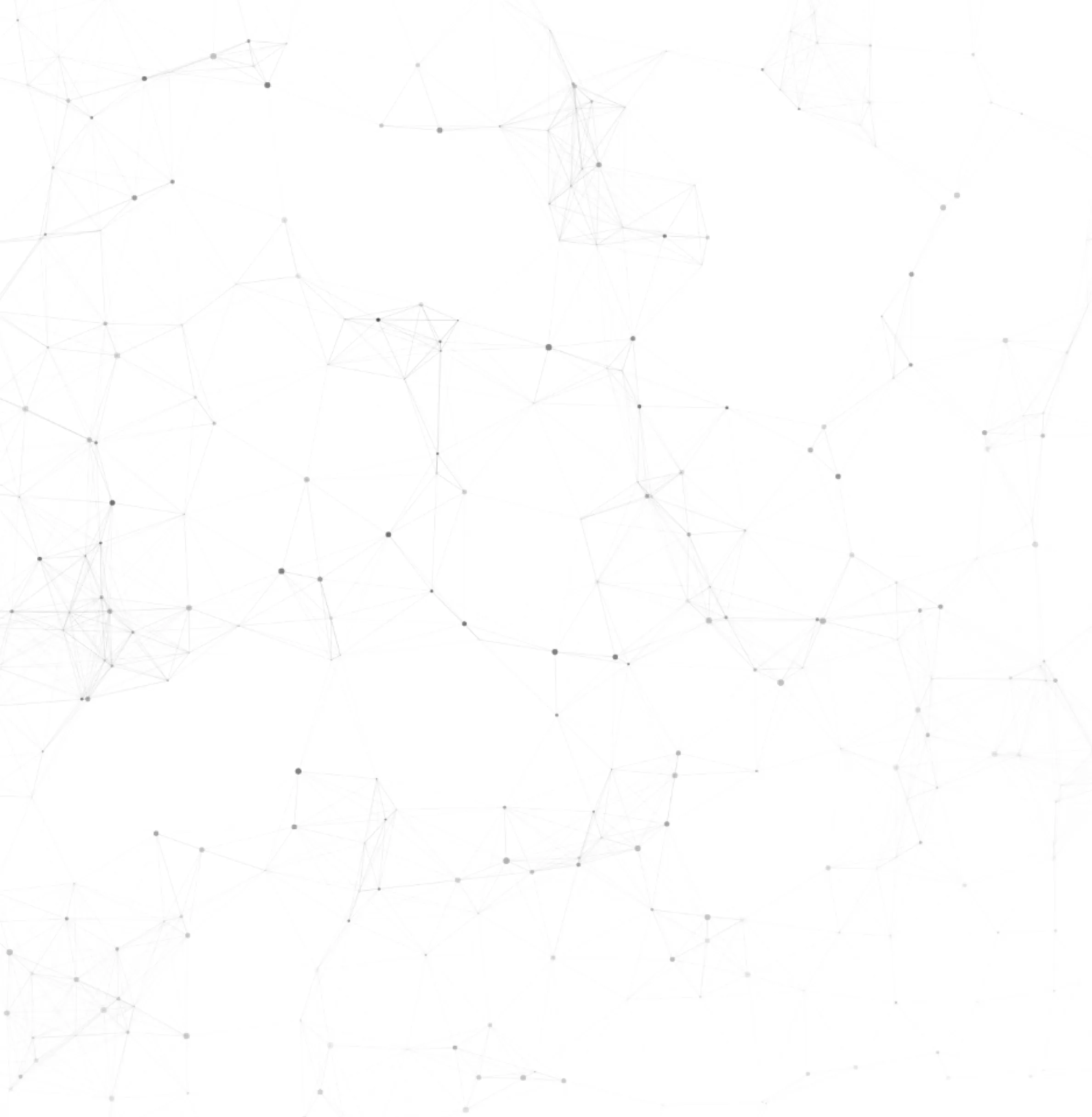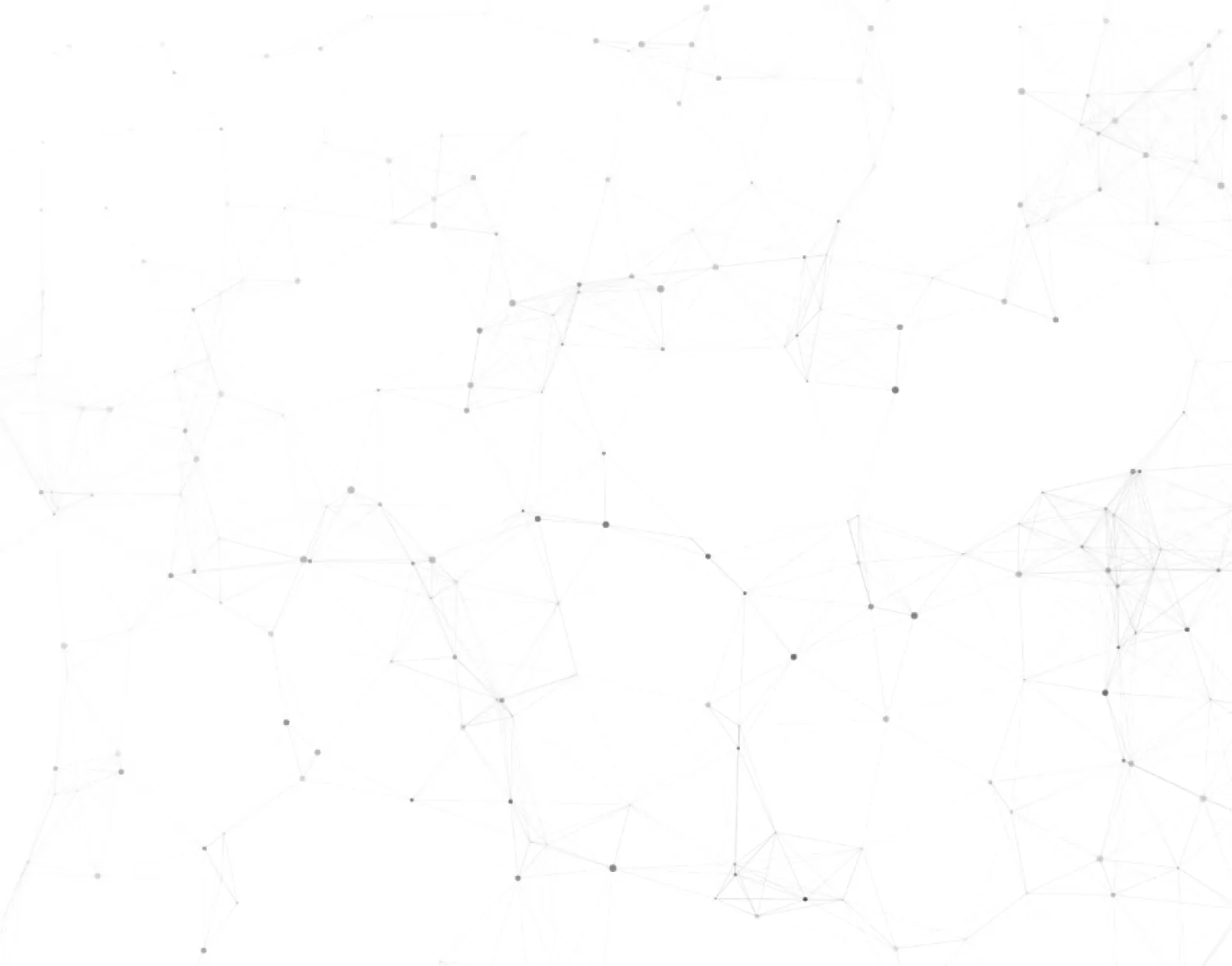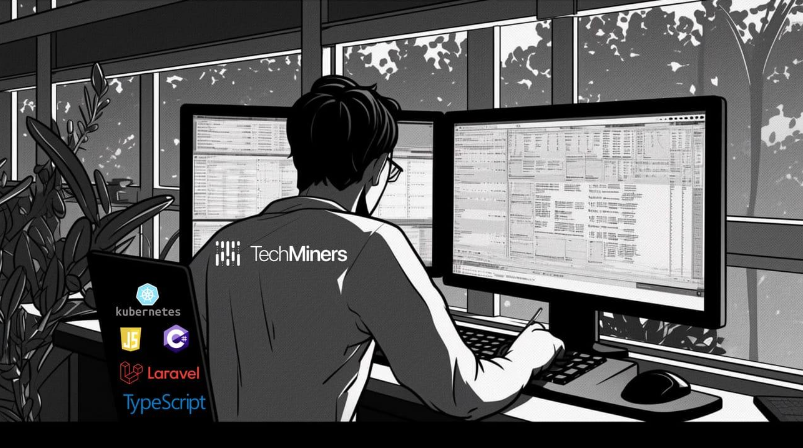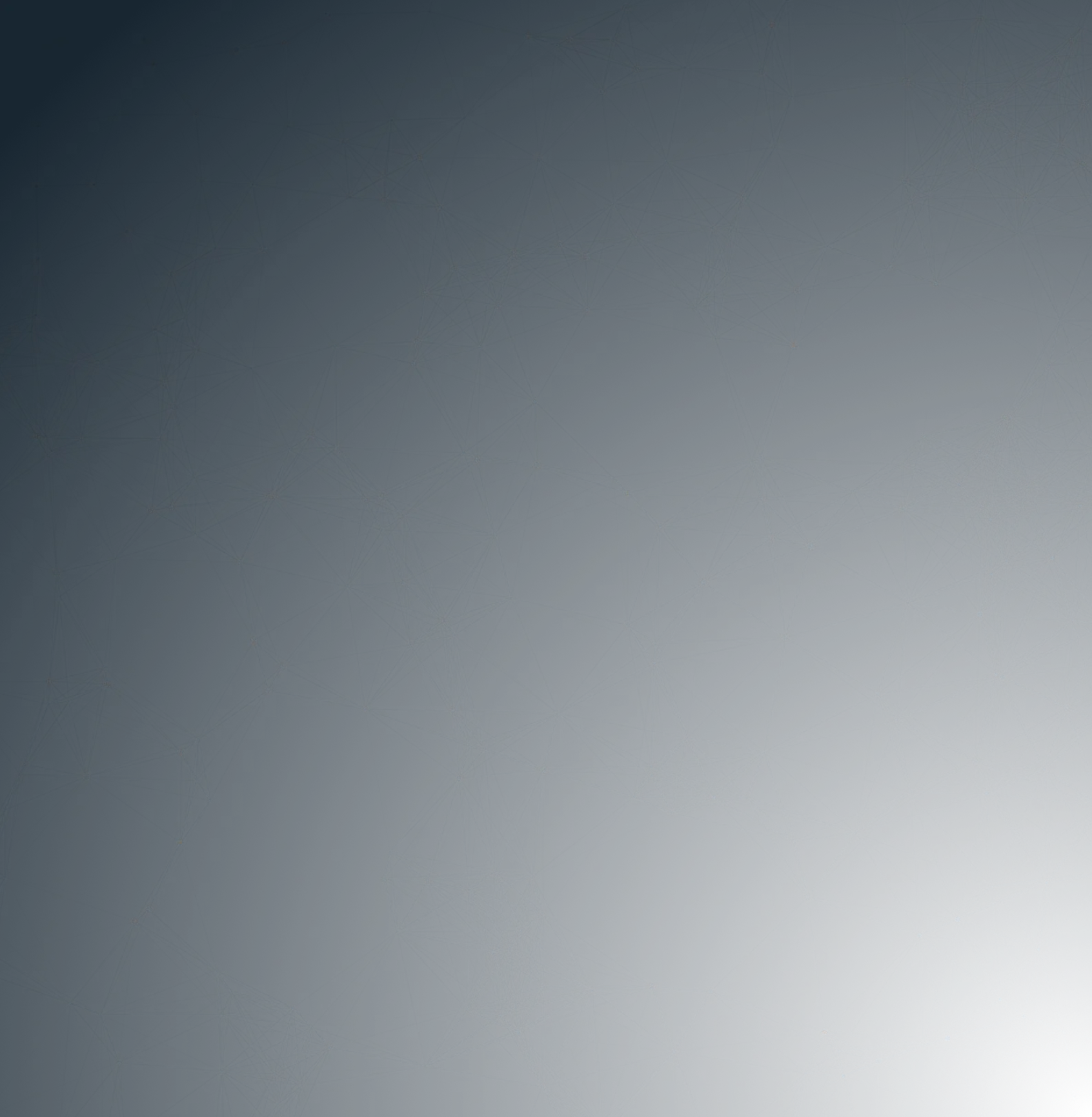You plan to perfom an Tech DD? We are happy to share insighs from our data-driven approach and strong experienced CTOs.
Building a new product or feature is difficult and costly. Yet many companies learn they’ve made a false assumption about what users really need and find that their products and features are underutilised once they are released. The cost of wasted time, resources and motivation to solve a non-existing or insignificant problem or to build a useless solution, can lead to the complete failure of the product idea or even the company itself.
Product discovery is all about de-risking: The earlier you find flaws in your product plan, the easier/faster/cheaper it is to find better solutions or to even abandon the idea altogether. It is the process that helps product teams understand the real problems and needs that people have, and then figure out the best ways to solve them before starting with development. It allows product managers to form an intimate understanding of their target users and to truly uncover their main problems. In turn, this allows them to suggest the best potential solutions to these problems.
Its main focus is on building the right things as opposed to building the things right (which would be product delivery). Here’s how the legendary Marty Cagan describes it:
“First, you need to discover whether there are real users out there that want this product… Second, you need to discover a product solution to this problem that is usable, useful, and feasible.”
The idea of product discovery was developed in the 90s. Back then, companies spent huge marketing budgets trying to convince customers that they needed their products. This led to a lot of very expensive failures, as products often made it to full release before companies realised that people just didn’t need or want them.
The main goal of product discovery is not to ship features, but rather to promote a continuous environment of learning that will help improve the product incrementally and consistently.
To explain the importance of product discovery, we can learn a lot from the story of Quibi:
Quibi started as an idea for short videos on mobile devices from former Hewlett Packard and eBay CEO Meg Whitman and DreamWorks co-founder Jeffrey Katzenberg. Long before launching on April 6th, 2020, the company had big Hollywood names attached and raised $1.75 billion. The Quibi app was well-designed and easy to use. They commissioned top talent to create exclusive content. With highly experienced and successful co-founders and almost unlimited capital at hand, Quibi looked like a no-brainer.
Just six months after launching, Quibi shut down with hardly any users. In an open letter that announced the shutdown, the co-founders mentioned “Quibi is not succeeding… Likely for one of two reasons: because the idea itself wasn’t strong enough to justify a standalone streaming service, or because of our timing.”
In other words, as described in maze.co's analysis: “Quibi didn’t fail because of flaws in the final product or bad user experience. It failed as an idea for a product.” They built it, but people did not care; And that is exactly what product discovery tries to address.
While it’s hard to uncover every risk that an idea may face, one can tackle the most common risks and by doing so, increase the chances of success tremendously. As Marty Cagan puts it in his book “Inspired”, the purpose of product discovery is to address these critical risks:
Will customers buy it / will users use it?
This is usually tackled by doing surveys, customer interviews, and focus groups, to measure customers’ sentiment and intent. A good product analytics platform can also be very useful to test the assumptions.
Can users figure out how to use it?
This can be tackled by building a high-fidelity mockup of the product (e.g. on Figma) and doing usability interviews with the target audience.
Can our engineers build what we need with the time, skills, and technology available?
This can be determined by researching the technology that the development teams are working with. Trust the development teams! They are usually good at identifying the features where it is safe to proceed compared to those that may require more digging or are technically very costly to develop.
Does this solution also work for the various aspects of our business?
This can be mitigated by spending time with other departments in the company, figuring out things such as: whether the product fits with the sales channel, whether there are any legal risks associated with this, whether we can afford to cost-effectively acquire customers, and whether the product is consistent with the brand promise.
The stages of the product discovery process might be named or sliced differently, but the overall framework used by product teams at most technology companies follows a similar trajectory.
However, when it comes to the actual techniques that can be used within each stage, there’s no singular, defined set of methods, as several approaches can be useful depending on the different domains and situations of the product. A comprehensive list of community-accepted product management techniques can be found on Product Frameworks' website.
The product discovery process can be divided into the following stages:
The first phase is all about user research, to immerse in the world of target users. The goal at this stage is to absorb as much information about users’ needs and pain points as possible. This involves using a combination of customer interviews and surveys, focus groups, and the validation of user experience insights that arise from product analytics data (that is, if the company already has a product).
Once a healthy amount of data and feedback is gathered, the team should take a step back and look for patterns that emerge from research data. By prioritising the most important problems for users, the team can make sense of it all and decide which user problems they want to focus on.
Although this might seem like an easy step at first glance, defining the right hypothesis is crucial. Not only will this help set the course for getting the right solution which the team will ultimately work on, but it will probably also take the team a few attempts to get this step right and to nail down/validate the problem.
It’s a rookie mistake to assume that spending much time identifying problems without creating anything will be counterproductive. The team should take as much time as they need to clearly define their hypothesis and any potential problems, before jumping into solutions.
Another difficult part of this step (and also the next step) is how findings should be prioritised.
That’s where prioritisation frameworks come into play. A prioritisation framework is a set of principles and a strategy to help the team decide what to work on next. There are a lot of prioritisation frameworks available that can help product teams tackle this.
While the previous stages were about understanding the problems, this step is all about ideation. The main objective of this stage is to get creative and come up with solutions to the problems that have been defined and decided on in the previous step.
This is where the team can get inventive with ideation techniques like team brainstorming, mind mapping, storyboarding, and running design sprints. After ideas are proposed, the team can gauge their feasibility and highlight the ones that are in line with the business model and will have the biggest impact on key metrics.Finally, the viable ideas can be prioritised to determine which to prototype and present to customers.
The final stage is about building a quick prototype to be tested and validated to gain the confidence that the right product is going to be moved into the product delivery process. There are many different types of prototypes, including but not limited to sketches, mockups, clickable prototypes, MVPs (Minimum Viable Product), or even paper prototypes. The type of prototype depends on what the team is trying to learn, what needs to be tested, and what open questions still exist.
Testing determines whether or not the proposed solutions are actually capable of solving the problem. Popular tools and techniques that are used include A/B testing, customer interviews, user testing, distributing surveys, and product beta testing.
This stage of the process can circle through itself several times, allowing multiple iterations and concepts to be tested. That’s why prototypes and testing techniques should be quick and cheap so that if an idea fails, it fails quickly and the team can move on.
By using a well-defined product discovery framework, the product team can build an environment of continuous learning that benefits both teams and users, increases transparency in the entire product management process, and involves a diverse set of stakeholders.
To gain more information about product discovery techniques and product management in general, reading "Inspired: How to Create Tech Products Customers Love" written by Marty Cagan is highly recommended. In his book, he introduces fundamental issues related to tech product development and various strategies to cope with them, including techniques that can be used to effectively address challenges that arise in the product discovery process.
References
Inspired: How to Create Tech Products Customers Love - Marty Cagan
Step By Step Framework For Better Product Discovery - Product Board
What Is Product Discovery And Why Is It Important - Five Dot Twelve
Product Discovery Guide - Maze
Product Discovery - Product Plan
The Origin Of Product Discovery - SVPG
What Is Product Discovery - Use Orbit
Quibi Netflix Jeffrey Katzenberg Crash - The Guardian
Why Quibi Is A Cautionary Tale - The Guardian
The 4 Risks You Need To Tackle Before Building A Product - Bootcamp






